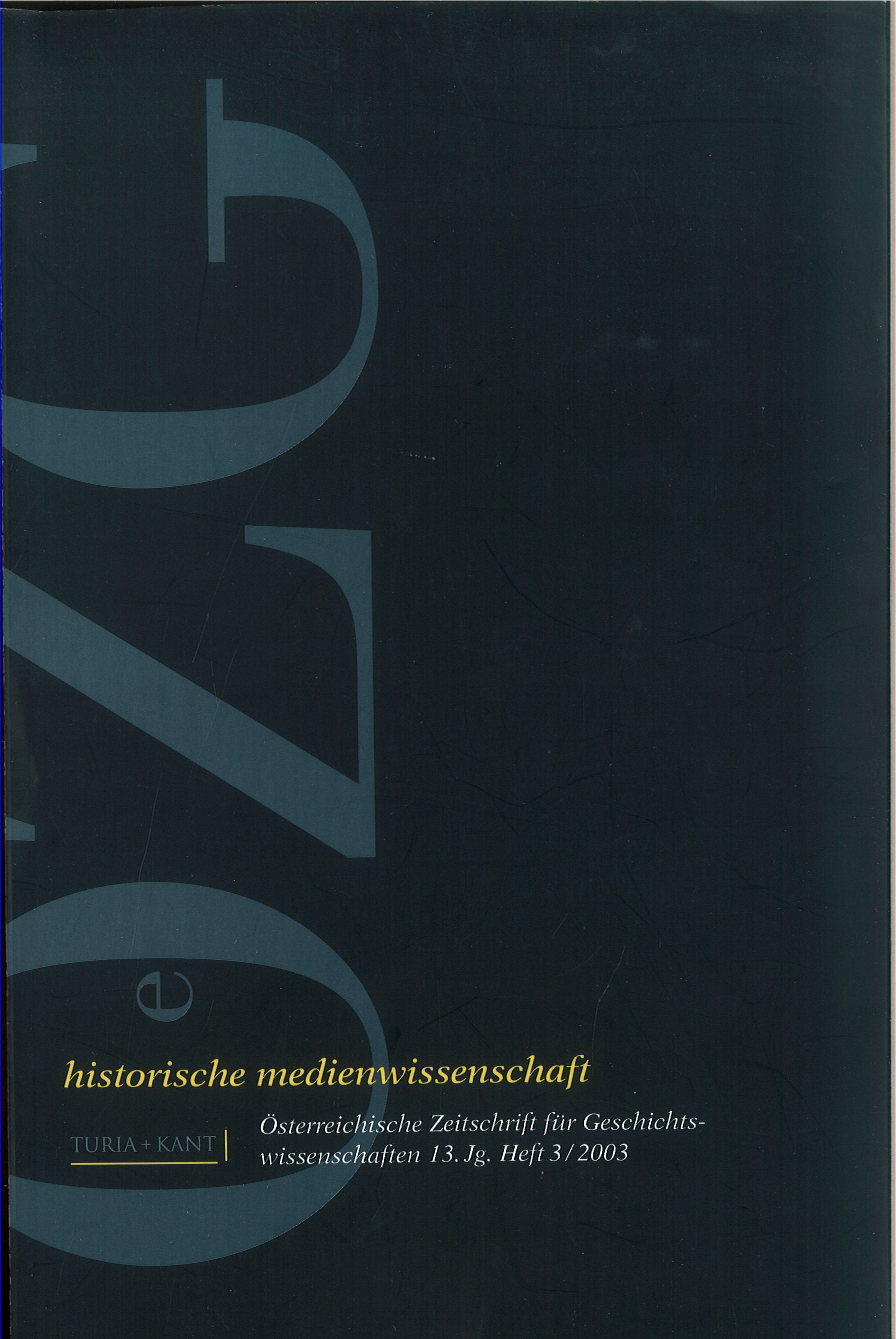Blind Flight. Psychotechnics of the Pilot and his Instruments
DOI:
https://doi.org/10.25365/oezg-2003-14-3-3Abstract
From the beginnings of aviation until the end of World War II, the status of the pilot has radically changed by the increasing technological refinement of flight instruments. The article focuses on the appearance of blind flight and particularly on the design of the user interface, i.e. the interaction between the pilot and his instruments. Therefore blind flight cannot be characterised as the outcome of a continuous history of technological progress, and should - instead - be described by analysing the relationship between the history of natural sciences, life sciences and technological sciences. In consequence the article deals with the dispositive of the cockpit and reveals the structural connections between the instruments in laborato ries and the instruments in flight simulators. This relationship became explicit in the psychotechnical experiments during the first half of the 20 Century: The flight simulator training gave rise to a new type of pilot who is optimally adapted to the instruments, that have taken over the primary command in the aircraft. Finally the central question deals with the differences between contact flight and blind flight.


